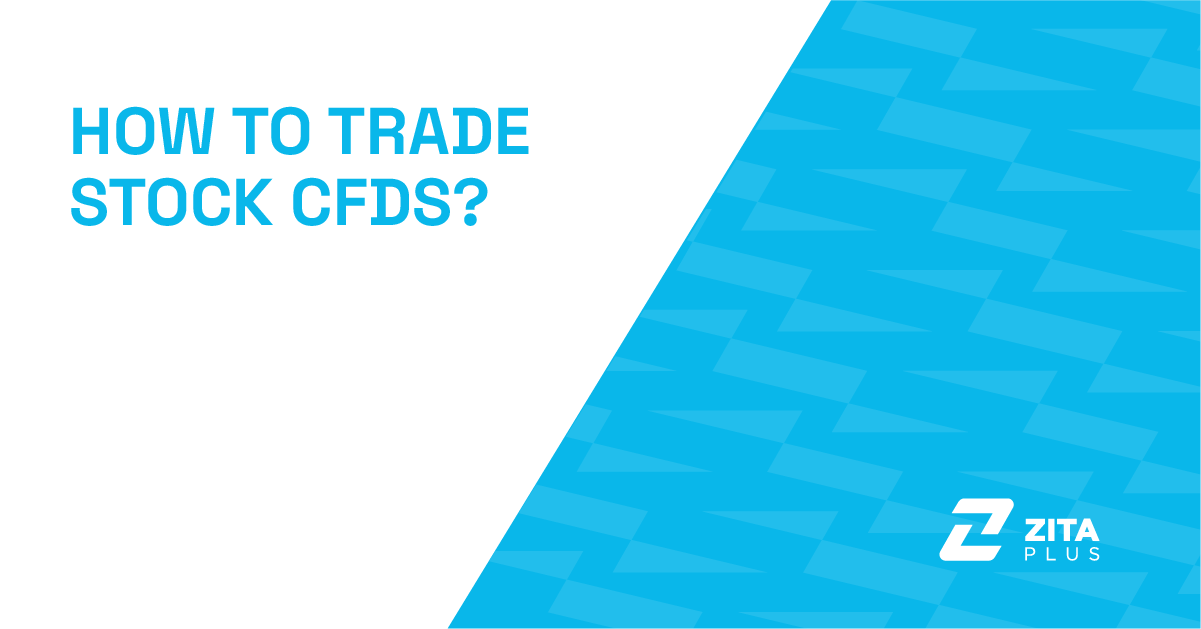
Trading stock CFDs (Contract for Differences) offers an opportunity to speculate on the price movements of stocks without actually owning the underlying assets.
Stock CFDs are derivative products that allow you to bet on the rise or fall of stock prices. Trading CFDs involves looking at the potential price change of the stock and trading on that prediction rather than purchasing the stock directly.
Before indulging in the world of stock CFD trading, it would be advisable to have a solid understanding of the basics.
Selecting which stocks you would like to invest in shapes the direction of your portfolio for the rest of your trading journey as their performance impacts your potential for profit and risk exposure.
Trading stocks and indices are two popular investment avenues, each offering distinct opportunities and characteristics tailored to different trading strategies and goals.
Trading individual stocks allows investors to take a position on single companies. This approach gives traders the flexibility to select specific stocks based on a detailed analysis of the company’s prospects, financial health, and market position.
Stock trading is particularly suitable for traders who prefer to conduct thorough research and have a strong grasp of a company's operational and competitive environment, and growth potential. It provides the opportunity to capitalize on the success of individual firms and offers significant potential for returns if stocks are chosen wisely.
Indices trading, on the other hand, involves buying or selling the performance of a stock index, which is a collection of stocks representing a particular segment of the market or the entire market. This type of trading allows investors to gain exposure to a broad market segment through a single transaction.
Indices are excellent for traders looking for diversified exposure without the need to analyze and invest in many different stocks individually. Trading indices reduce the impact of volatility or poor performance of a single stock and provide a broader economic insight, making it ideal for those interested in general market trends rather than specific company performances.
You decide to invest in Apple Inc. shares, encouraged by their excellent earnings report and the buzz around an upcoming product launch.
You opt to buy 100 shares of AAPL priced at $150 each. To manage risks, you set a stop-loss order at $145 per share to minimize potential losses and a take-profit order at $160 to secure profits.
Post-purchase, Apple's stock price benefits from robust sales of the new product, boosting the share price. Once the stock hits $160, your take-profit order activates, closing the trade automatically.
This transaction yields a profit of $10 per share, totaling $1,000, excluding transaction fees.
Understanding basic terms is crucial when diving into stock trading. Here are some key terms that every trader should know:
Start your trading journey with ZitaPlus today. With our seamless platform, you can access global markets, diversify your portfolio, and manage risk effectively. Open an account now and start trading securely with a trusted broker.
Would like to learn how to look financial markets from a different angle? Then keep reading and invest yourself with ZitaPlus.